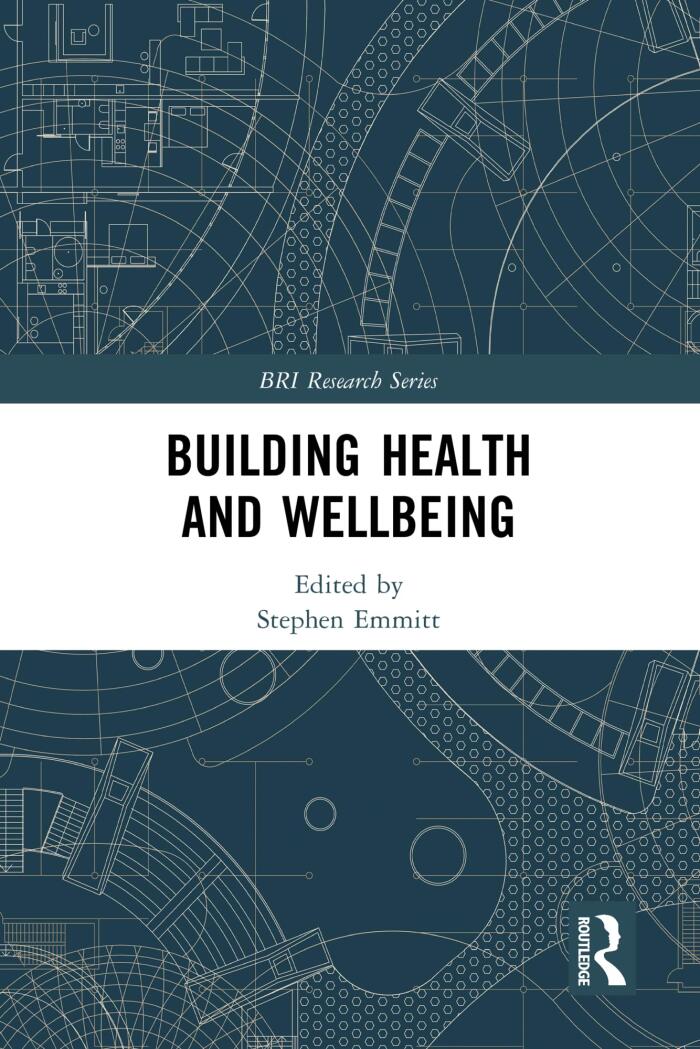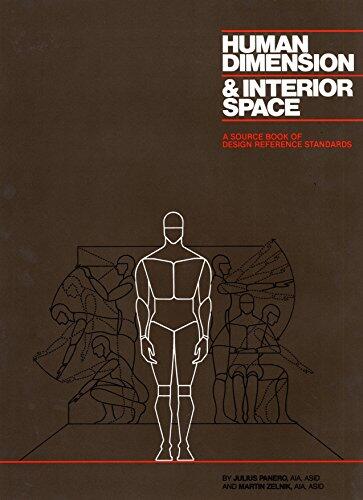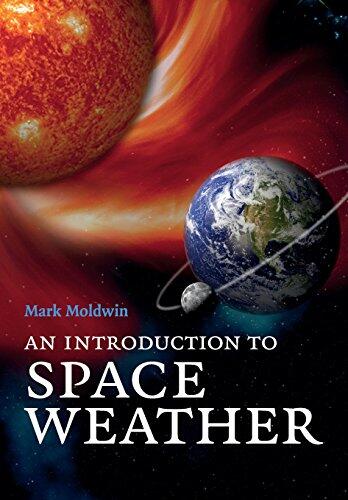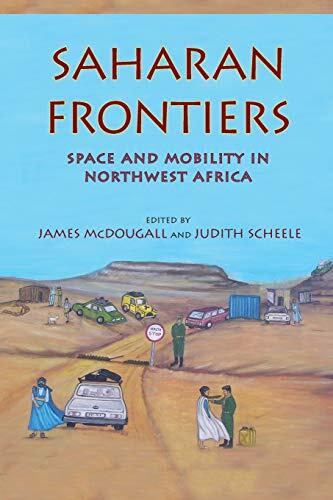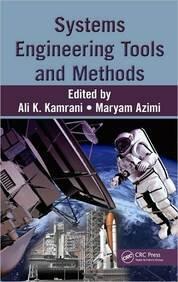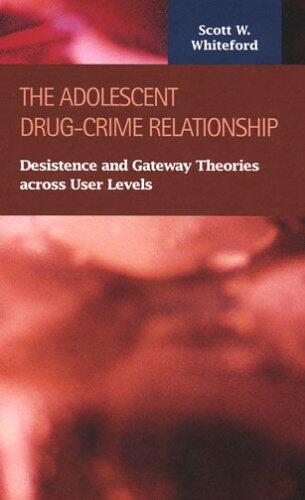
The Adolescent Drug-crime Relationship: Desistence and Gateway Theories Across User Levels
작성자
Scott W. Whiteford
아직 평점이 없습니다
Romance
Mystery
Young Adult
형식
하드커버
페이지
212
언어
영어
출판됨
Jan 17, 2007
출판사
Lfb Scholarly Pub Llc
ISBN-10
1593321929
ISBN-13
9781593321925
설명
In a compelling exploration of the intricate link between adolescent behavior and substance use, Scott W. Whiteford delves into the complexities of drug-related crimes. The narrative weaves through well-established theories, such as desistance and gateway concepts, providing a nuanced understanding of how these factors interact among different levels of drug users.
Whiteford's work draws on a rich array of research and case studies, illustrating the various dimensions of adolescent life where drug use intersects with criminal activity. He carefully examines the social, psychological, and environmental influences that can drive youth toward or away from both substance abuse and illicit behavior.
The author also highlights the critical transition points in adolescence, offering insights on how early interventions and support systems can foster positive outcomes. By addressing the multifaceted nature of these relationships, Whiteford stands at the forefront of discussions on prevention, policy, and rehabilitation in the context of youth crime and substance use.
This thought-provoking analysis encourages readers to rethink conventional perspectives on crime and drug use, particularly in the adolescent population, challenging them to consider deeper systemic issues that contribute to these ongoing societal challenges.
Whiteford's work draws on a rich array of research and case studies, illustrating the various dimensions of adolescent life where drug use intersects with criminal activity. He carefully examines the social, psychological, and environmental influences that can drive youth toward or away from both substance abuse and illicit behavior.
The author also highlights the critical transition points in adolescence, offering insights on how early interventions and support systems can foster positive outcomes. By addressing the multifaceted nature of these relationships, Whiteford stands at the forefront of discussions on prevention, policy, and rehabilitation in the context of youth crime and substance use.
This thought-provoking analysis encourages readers to rethink conventional perspectives on crime and drug use, particularly in the adolescent population, challenging them to consider deeper systemic issues that contribute to these ongoing societal challenges.





